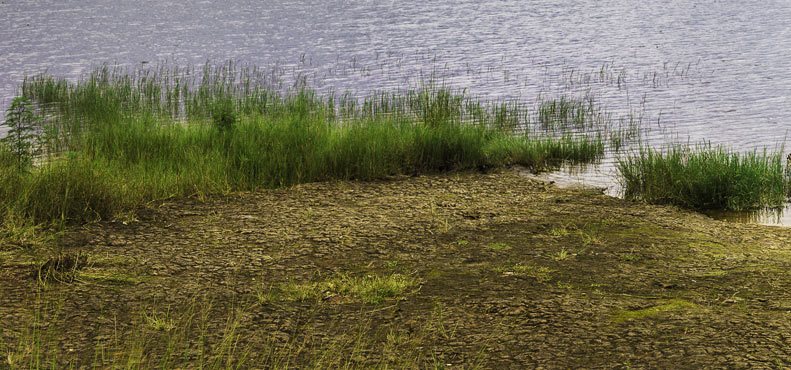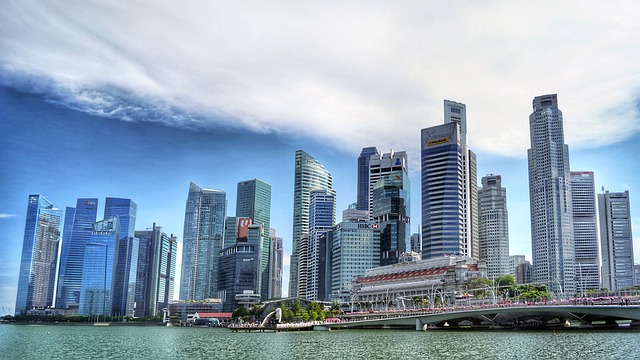
Meghalaya, nestled between natural beauty and heavenly wonders, is home to a unique man-made wonder. The outside world knows it by the name of Living Root Bridges. The living root bridges are built or trained by the local Khasi tribe. The roots belong to ancient rubber trees which are native to the region. Interestingly, the living root bridges have more reliable than concrete bridges and they are protected from decay and wear-n-tear brought upon by time and the long monsoon season.
According to the Khasi tribe, it takes close to 18 years to build a usable root bridge, which is strong enough to bear people’s weight. With time and age, the root gain more strength and become stronger as they grow. Some of the bridges look more than a century old. With a web of roots surrounding it, sometimes these bridges look more spooky than innovative. But, these jungles do make you believe that you are walking through the Elvish Woodlands, en route to Smaug.
Reaching these living bridges requires you to take a trek. The difficulty associated with these treks may vary according to the terrain and your health. Most of the tourist resorts have a resort located near to it. These are not luxurious resorts, and their rugged setup adds to the adventure spirit. Each of these living root bridges are built over rivers and provide plenty of pools to swim. However, if you are visiting these places in the monsoon season, then its advised against swimming in these pools and rivers.
Ummonoi Root Bridge
This is the oldest known living bridge in the region, and the most impressive one. The trek to this bridge begins from the Laitkynsew village towards the Ummonoi river, and it will take around 2 hours to reach the bridge. Plan your trip well in advance to this bridge. This place is beaming with tourists due to the bridge’s good accessibility.
Umkar Root Bridge
This bridge is recommended only to those who are physically fit. The bridge is not accessible to all persons, since part of the bridge was washed away in floods. However, the bridge is just 30 mins away from the nearest village. The trek to this village begins from the Siej village. Visit this bridge during monsoon season, to enjoy the short trek and spend the rest of the time in the nearby waterfall.
Ritymmen Root Bridge
The Ritymmen root bridge is a double decker root bridge. The trek begins from the Nongthymmai village. This double decker bridge is also the longest living root bridge in the world.
Umshiang Root Bridge
This double decker root bridge is 3 kilometers away from the starting point. The trek begins from the Tyrna village, and it descents 2400 feet. However, it’s a difficult trek that leads to the bridge. Ensure that you are well prepared from a difficult terrain.
Mawsaw Root Bridge
Trek ahead from the Umshiana root bridge, and 30 mins later you will be greeted by another double-decker bridge. This bridge has natural pools of water to relax.
Explore Meghalaya with SOTC’s Meghalaya tour packages. To experience more such destinations in India, browse through our India tour packages.





Related Post
Guide to Marine Life in Andaman and Nicobar Islands
Kumbh Mela 2025 Date & Place: Full Schedule, Location & Travel Tips
Everything About the Next Maha Kumbh Mela 2025 – Dates & Travel Tips
Places to Visit in Varanasi: A First-Timer's Guide to the Holy City
10 Facts About Kashmir Valley: Kashmir Weather, History, Culture and More
11 Reasons Why Kashmir is called "Paradise on Earth"
Discover Allahabad: 10 Must-Visit Attractions and Historical Landmarks
Naga Sadhus in Kumbh Mela: Facts you Must Know
Prayagraj Maha Kumbh Mela 2025 — Complete Guide
Places to Visit in January, February and March (2025)